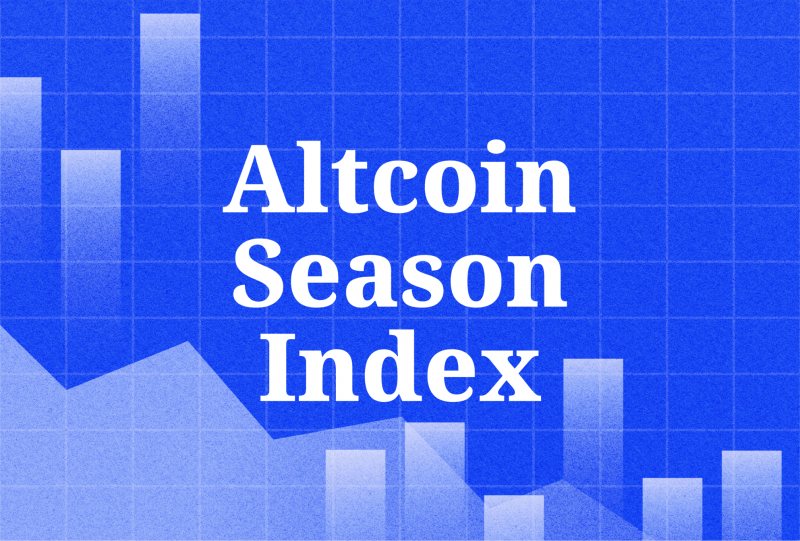What Is a Workforce Investment Area?
Nov 21, 2023

The workforce is the backbone of any economy, and investing in it is crucial for the sustained growth and development of a country. Each year, workforce investment programs serve nearly 23 million people in the United States.
One crucial concept in this realm is the Workforce Investment Area (WIA), which refers to a group of regions within a country or state established to coordinate and deliver workforce development services and programs.
In this article, we will explore what a workforce investment area is, how it works, and the key players involved in its implementation.
Key Takeaways:
- The WIOA program is responsible for Workforce Investment Areas.
- ETA, or the Employment and Training Administration of the US, oversees this and other employment programs.
- WIAs help employees and job seekers through Workforce Investment Boards.
- WIA programs provide job training, career counseling, and other support services.
What Is a Workforce Investment Area?
In the US, a Workforce Investment Area is a designated geographic region the government identifies to facilitate workforce development efforts and provide employment-related services to its residents.
These areas are typically defined by specific boundaries, such as state lines, and are governed by the Workforce Innovation and Opportunity Act (WIOA).
Fast Fact
The Workforce Innovation and Opportunity Act was established in 2014 as a replacement for the Workforce Investment Act of 1998.
The primary goal of WIAs is to make workforce programs and services more accessible, efficient, and effective for the individuals they serve. By bringing together various stakeholders from the business, labor, education, and community sectors, WIAs strive to create a coordinated and collaborative approach to addressing workforce needs.
How Are Workforce Investment Areas Designated?
The designation of WIAs is often based on several factors, such as population, economic conditions, and administrative convenience. The federal or state government is responsible for identifying and establishing these regions, which can vary in size and shape depending on the specific needs of the area.
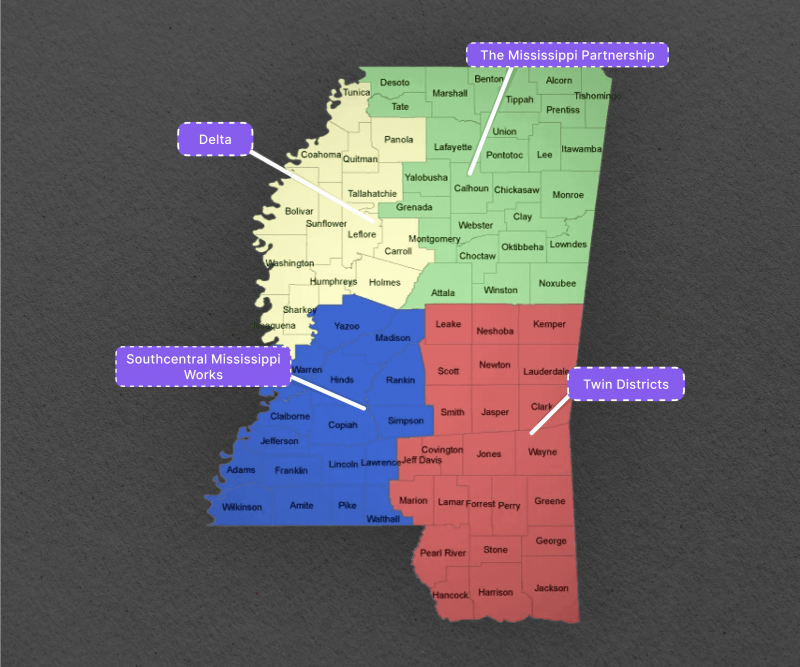
Once designated, each WIA typically has a local workforce development board that oversees and coordinates all workforce programs and services within its boundaries. These boards play a crucial role in decision-making and resource allocation, as well as working towards achieving the goals set out by WIOA.
Fast Fact
There are 593 local Workforce Investment Boards and 53 State and territorial Workforce Investment Boards in the United States.
What Is the WIA Program?
The Workforce Investment Area program is a comprehensive initiative that aims to support job seekers, employers, and the overall economy. Since its establishment in 2014 under the WIOA, WIA programs have helped promote workforce development, particularly for disadvantaged and dislocated workers.
Over the years, WIA programs have achieved significant successes, but they have also encountered numerous challenges that have put their effectiveness into question. One of the main challenges has been limited funding by authorities and a limited scope of reach, which has resulted in restrictions on resources and services provided to participants.
How Do Workforce Investment Areas Work?
Workforce Investment Areas are vital in connecting individuals seeking employment with employers looking for skilled workers through WIA programs.
One of the main functions of WIA is to provide job placement assistance, which includes helping individuals create resumes, prepare for interviews, and connect with potential employers through job fairs and networking events. WIA also works closely with local businesses to understand their workforce needs and actively match qualified candidates to available positions.
In addition to job placement, WIA offers career counseling services to help individuals navigate the job market and identify potential career paths. The process may involve evaluating skills, interests, and qualifications, as well as providing guidance on necessary training or education to reach career goals.
WIA programs are also responsible for providing skills training that aligns with the needs of the local job market, offering courses, workshops, and certifications in high-demand industries such as healthcare, manufacturing, or technology. By equipping individuals with relevant and up-to-date skills, WIA aims to increase their employability and help them secure stable and well-paying jobs.
Moreover, WIA collects and disseminates job market information, like data on current job openings, salary ranges, in-demand skills, and industry trends.
What Are Workforce Investment Boards?
Workforce Investment Boards (WIBs) are local government bodies that operate under the guidelines of WIOA and provide coordination and oversight of workforce development programs and services within their designated regions (WIAs).
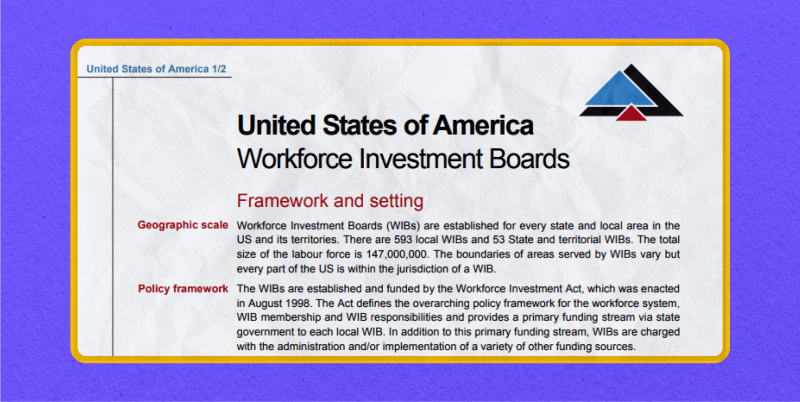
Some of WIBs’ main points include:
A Representative Structure
WIBs typically comprise local leaders representing various stakeholders, including businesses, labor organizations, educational institutions, community-based organizations, and governmental agencies. This diverse representation ensures that the workforce development system is well-informed and responsive to the needs of all parties involved.
Under WIOA guidelines, at least 51% of WIB members must come from the private sector, providing a business-driven perspective to workforce development initiatives.
Responsible Allocation of Funds
As designated fund allocators within their regions, WIBs are responsible for prioritizing federal and state workforce development funds based on the strategies outlined in their strategic plans. These funds support a range of programs and services, including job training, apprenticeships, on-the-job training, career counseling, and more.
Strategic Planning and Coordination
WIBs play a crucial role in assessing the workforce needs of their regions and developing strategic plans to address those needs. These plans often involve identifying key industries, in-demand occupations, and skill gaps that need to be addressed.
Ensuring Accessible Services
One of the key responsibilities of WIBs is to oversee and ensure the accessibility of workforce development services. This includes managing American Job Centers, where individuals can access assistance with employment-related matters.
The most popular services at American Job Centers are:
- Employment plan development.
- Job training services.
- Job search assistance.
- Career counseling.
- Practice interviewing.
- Skills testing.
- Labor market and employer information.
Fast Fact
There are nearly 2,300 American Job Centers in the US.
Measuring Performance and Accountability
WIOA places a significant emphasis on accountability, and WIBs are responsible for monitoring and evaluating the effectiveness of workforce development programs within their regions. Through performance metrics such as job placement rates, earnings, and skill attainment, WIBs assess the impact of these programs and make adjustments as needed to improve outcomes.
Adapting to a Changing Environment
WIBs are encouraged to foster innovation and adapt to changing economic conditions and emerging industries within their regions. By closely collaborating with local employers, WIBs can understand their workforce needs and tailor training programs and employment services to meet those needs effectively.
The Limited Scope and Problems of WIOA
The Workforce Innovation and Opportunity Act’s impact on the labor market has been rather limited. Why?
Modest Reach
In the year of 2020, the Department of Labor reported that only 237,836 people received training through WIOA. This number represents less than half of adult program participants and just over a third of dislocated worker participants.
Cost Per Participant
While the program’s budget for training is less than $1 billion, the cost per participant ranges from $1,500 to $2,500. In comparison, other sectoral employment programs can cost over $8,000 per participant and even more when supplementary services are included.
Declining Funding and Low Investment
Despite its goals, WIOA has faced declining funding over the past few decades. In fact, the annual spending of around $7 billion pales in comparison to the approximately $75 billion spent on higher education each year. Clearly, there is a disparity in investment between traditional education and workforce development programs.
Moreover, as a share of GDP, the US spends significantly less on workforce development compared to many other countries. This lack of investment may contribute to a “low resource, low impact” equilibrium for WIOA.
What Other Employment Programs Does the US Provide?
While the WIOA program is an important source of funding and support for local workforce investment boards, there are many other employment and training services available in the United States. The majority of these programs (including WIOA) are governed by the Employment and Training Administration (ETA).
What is the ETA?
The Employment and Training Administration (ETA) is an agency within the United States Department of Labor that oversees workforce development initiatives. Its primary role is to administer federal government job training, employment, and unemployment compensation programs across the country.
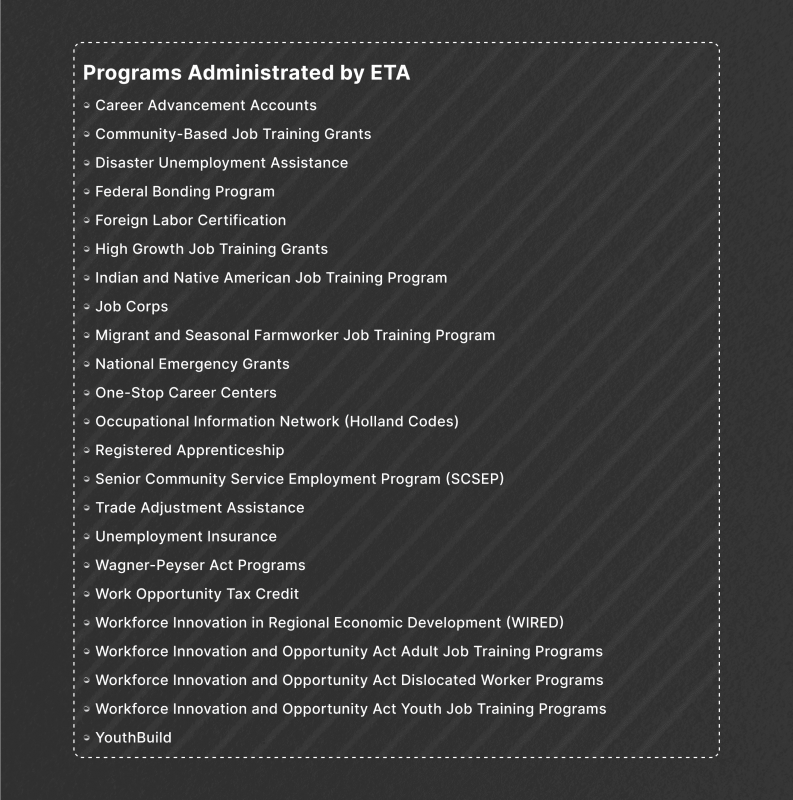
The agency was initially formed in 1954 as the Manpower Administration. In 1975, the ETA was given its current name. Over the years, the ETA has evolved to meet the changing needs of the workforce. Its current focus is on creating a skilled and competitive labor force, promoting economic growth, and ensuring full employment for Americans.
Some of the initiatives overseen by ETA include:
- Unemployment Insurance (UI): The ETA administers the UI program, which provides temporary financial assistance to workers who have lost their jobs through no fault of their own. This program also includes provisions for extended benefits during times of high unemployment.
- Job Corps: This program provides education and training to at-risk youth aged 16-24, helping them gain skills and work experience to enter the workforce.
- Trade Adjustment Assistance (TAA): The TAA program assists workers who have lost their jobs due to foreign trade. Workers may receive various benefits, such as job search assistance, training, relocation allowances, and income support during training.
- Youth Programs: The ETA supports various programs that provide employment and training opportunities for young people between the ages of 10 and 25, which helps at-risk youth obtain education and employment skills.
- Wagner-Peyser Act Programs: The Wagner-Peyser Act of 1933 established the program, which is a nationwide system of public employment offices that provide public labor-exchange services.
- Workforce Innovation in Regional Economic Development (WIRED): This initiative focuses on workforce development strategies that align with regional economic growth and job creation goals.
- Senior Community Service Employment Program (SCSEP): SCSEP provides job training and placement for low-income, unemployed individuals aged 55 years and older.
- Foreign Labor Certification: ETA administers programs that allow employers to hire foreign workers on a temporary or permanent basis when there is a shortage of qualified U.S. workers.
- Occupational Information Network (ONET): The ETA sponsors ONET, a comprehensive database of occupational information that provides tools and resources for job seekers, employers, and workforce development professionals.
Some additional initiatives overseen by the ETA include apprenticeship programs, which provide individuals with on-the-job training and related technical instruction in various industries; grants to support research and labor market information systems; and initiatives to help individuals with disabilities enter or return to the workforce.
Local Programs
Besides federal programs, many states and localities also offer employment and training services to their residents. These programs may vary in eligibility requirements, services offered, and funding sources. Some states have specific initiatives for certain populations, such as veterans or individuals with disabilities.
For example, California has a Veterans’ Employment-Related Assistance Program (VEAP) that provides job training and placement services for veterans. In New York, the Department of Labor offers a Disability Employment Initiative to support individuals with disabilities in finding and maintaining employment.
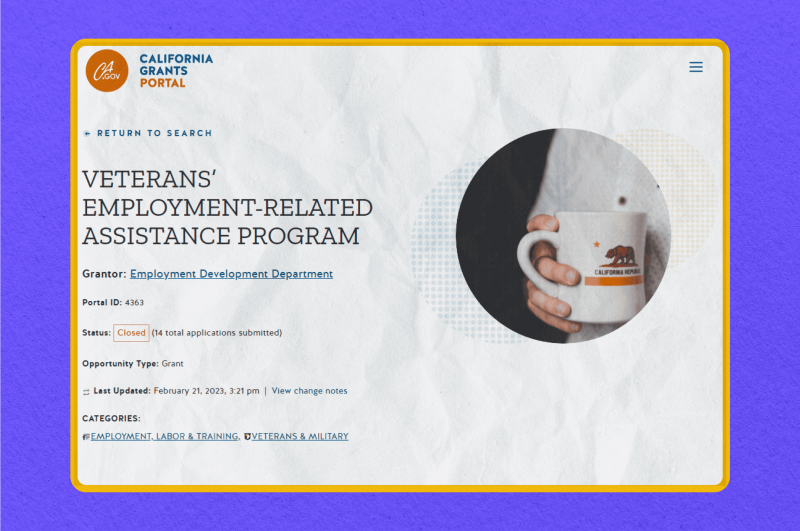
Localities also play a crucial role in providing employment and training services. For instance, Seattle has a WorkSource program that connects job seekers with employers through workshops, job fairs, and other resources. These local programs are often tailored to the needs of their communities and can be a valuable resource for individuals looking to enter or re-enter the workforce.
Conclusion
Workforce Investment Areas and the WIA program are critical in connecting job seekers with employers and ensuring the workforce is equipped with the skills needed for today’s job market. By coordinating and delivering workforce development services, these initiatives, as well as others administered by ETA, enhance employment opportunities and support economic growth within designated regions.
FAQ
What are the qualifications for WIA services?
Residence: To be eligible for WIA services, individuals must reside in the designated workforce investment area.
Employment status: Individuals must also be unemployed or underemployed to qualify for WIA services. Those already employed but looking for a better job may also qualify.
Income level: WIA services are designed to assist those with low incomes, so individuals must have an income below a certain level to be eligible. This specific income threshold may vary depending on the area and program.
Willingness to participate: To receive WIA services, individuals must be willing to participate in job training or other employment services. In this regard, they may attend workshops, classes, and other activities to improve their skills and employability.
Skills and experience: Finally, individuals must demonstrate the necessary skills and experience to succeed in the job market.
How does workforce development contribute to individual and societal progress?
Workforce development is a critical aspect of societal progress as it plays a crucial role in shaping the future workforce and driving economic growth. By investing in workforce development, communities can equip individuals with the necessary skills and knowledge to contribute to society and lead successful lives.
Which sector employs the most people in the US?
The services sector employs most of the American labor force, with over 80 percent of workers in this industry. Among these are jobs such as healthcare, retail, education, and hospitality. On the other hand, the industrial and agricultural sectors combined account for less than 20 percent of the US economy. In this category are occupations in manufacturing, construction, mining, and farming.

